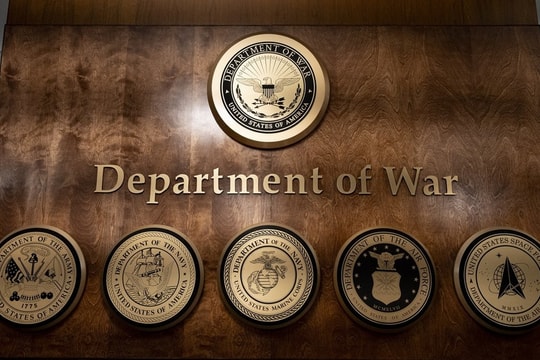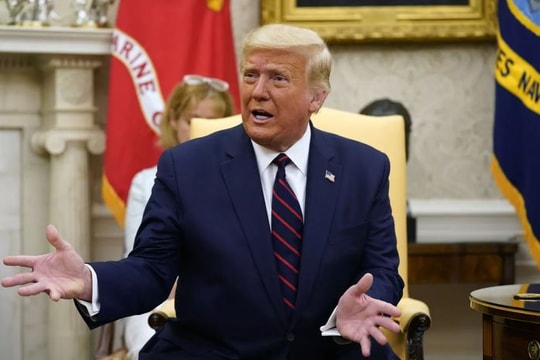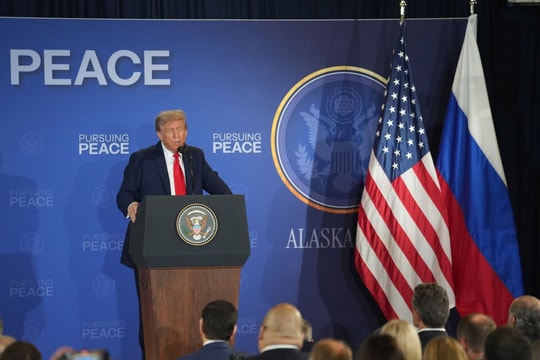Scenarios for Mr. Trump to win the US presidential election
Here are three scenarios showing how President Trump could win the electoral college in the 2020 election.
The US presidential election is less than a week away. We may not know who won on the evening of November 3rd due to increased mail-in voting this year. However, polls can reveal some of the voters' views on the two candidates, President Trump and Joe Biden.
Here are three scenarios showing how President Trump could win the electoral college in the 2020 election:
Florida, southern states and some other states
Assessment: This is Mr. Trump's most viable path to victory.
Florida is clearly the most volatile state in this year’s presidential election, partly because of its high number of 29 electoral votes and partly because the margin between the two candidates is always extremely close. In recent elections in this state, the victory has been decided by only about 1 point. Currently, Mr. Trump and Mr. Biden have almost equal support rates in Florida.
One of the new developments in the 2020 race is the contest in several red states in the southern half of the United States. Democrats hope their efforts to turn states like Arizona, Georgia and Texas blue will soon come true. But what happens if those hopes are dashed? What if Mr. Trump holds all of these states and flips Florida?
This scenario is illustrated by the electoral college map below:
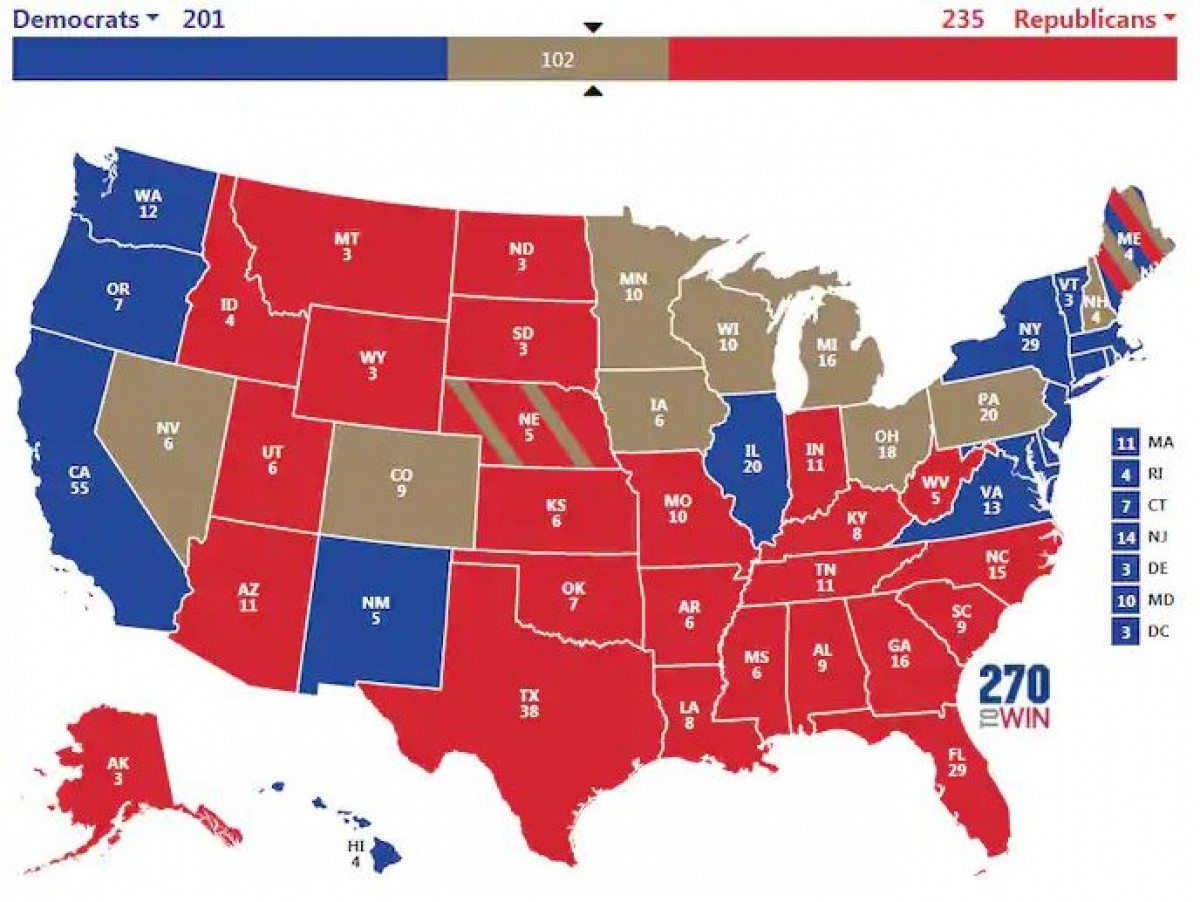
If Trump wins Florida and holds on to his 2016 gains in the southern half of the country, the Democratic path to victory will narrow considerably. In this scenario, if Trump holds the two extremely close Midwestern states that he won by 8 points, Iowa and Ohio, as in 2016, plus Michigan or Pennsylvania, the US leader will win. If he adds Minnesota or Wisconsin, Trump could also tie with 269 electoral votes.
This map shows what the electoral college tie between Mr. Trump and Mr. Biden would look like if Iowa, Ohio, and the deciding state of Pennsylvania went for Mr. Trump:
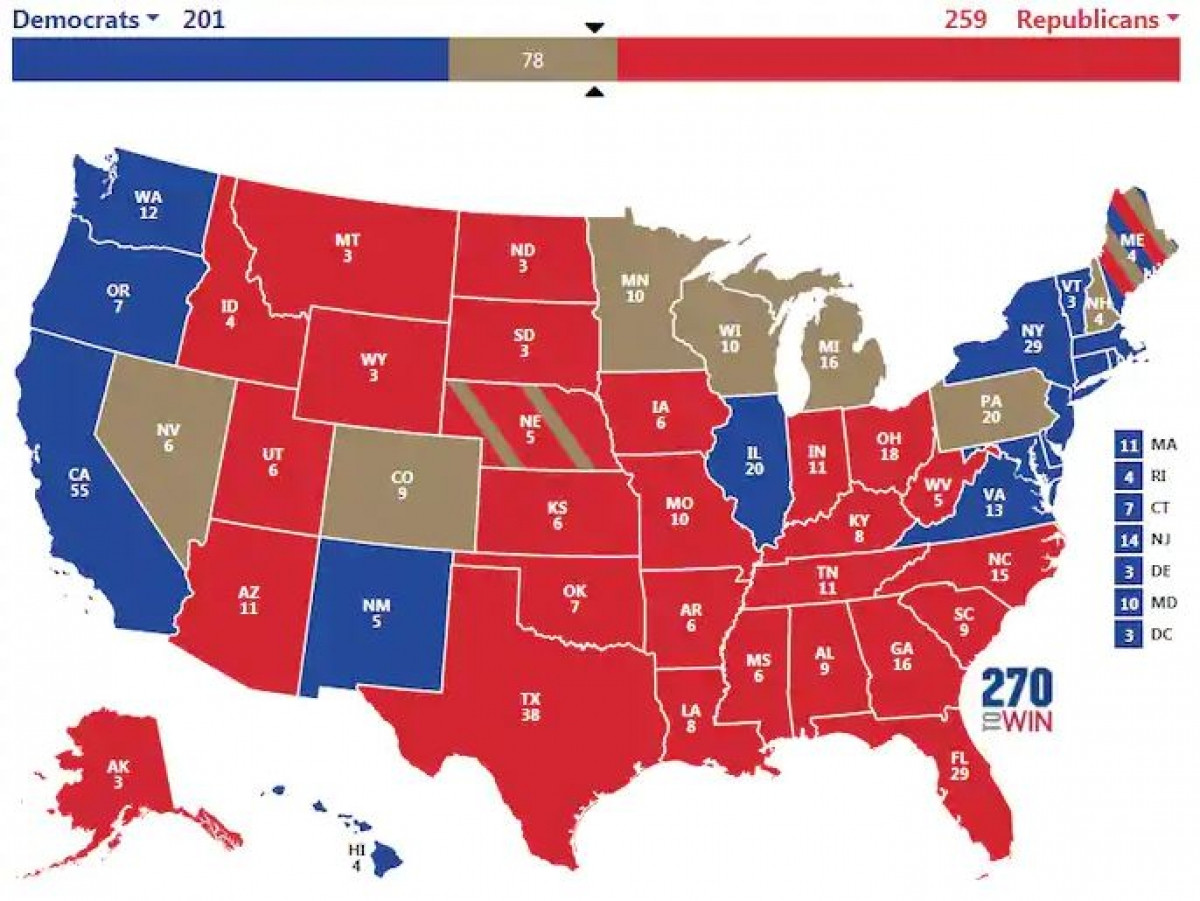 |
| Source: Washington Post |
It’s worth noting, however: Democrats still lead in the RealClearPolitics average in most of the undecided states on this map, including Michigan and Pennsylvania. But the loss of Florida and other Republican-leaning Southern states in recent years means Democrats can’t avoid surprises in those states. And the tight race in Pennsylvania alone makes things even more unpredictable in 2020.
Turning the tide in the Midwest
What if, while his chances of winning the South are in question, Mr. Trump wins key states farther north?
The president has focused his final campaign efforts in recent years on states that won him the presidency in 2016, particularly Michigan, Pennsylvania and Wisconsin, all states that were won by less than a point in 2016.
Polls in these states are generally not as close as they were in 2016. In Michigan, Mr. Biden leads Mr. Trump by 8.6 points, while in Pennsylvania and Wisconsin, the margins are 3.5 points and 6.4 points, respectively.
So what happens if Trump somehow manages to win these three states, along with nearby states like Minnesota, Iowa and Ohio.
The map below shows how that scenario plays out:
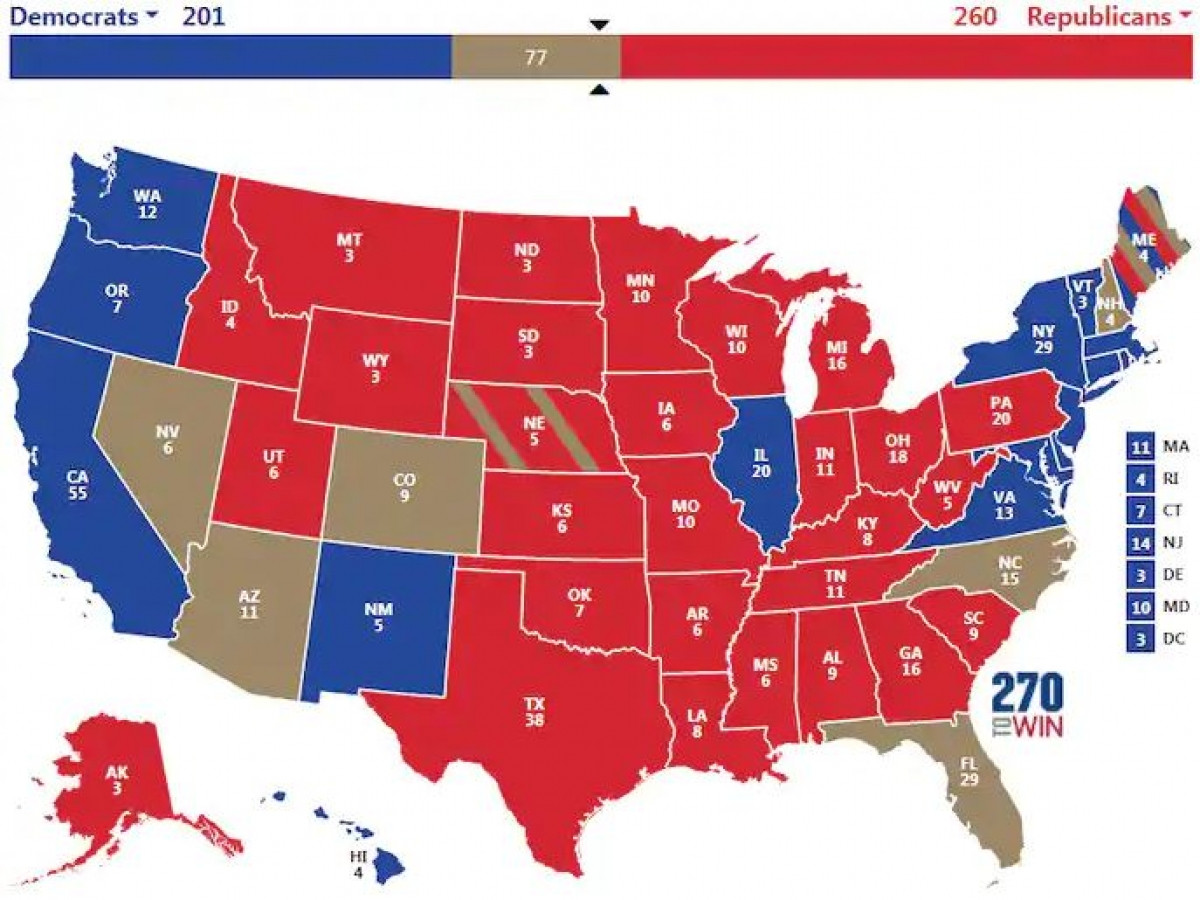 |
| Source: Washington Post |
In this scenario, Mr. Trump could win by gaining 10 more electoral votes through a variety of means, including:
- Won Florida (29 electoral votes)
- Win a formerly red state like Arizona (11 electoral votes) or North Carolina (15 electoral votes)
- Wins Nevada, New Hampshire, Maine and Nebraska's 2nd District (where the winner will receive 1 electoral vote).
Or even if Mr. Trump doesn't win Michigan, the electoral vote correlation between him and Mr. Biden will go like this:
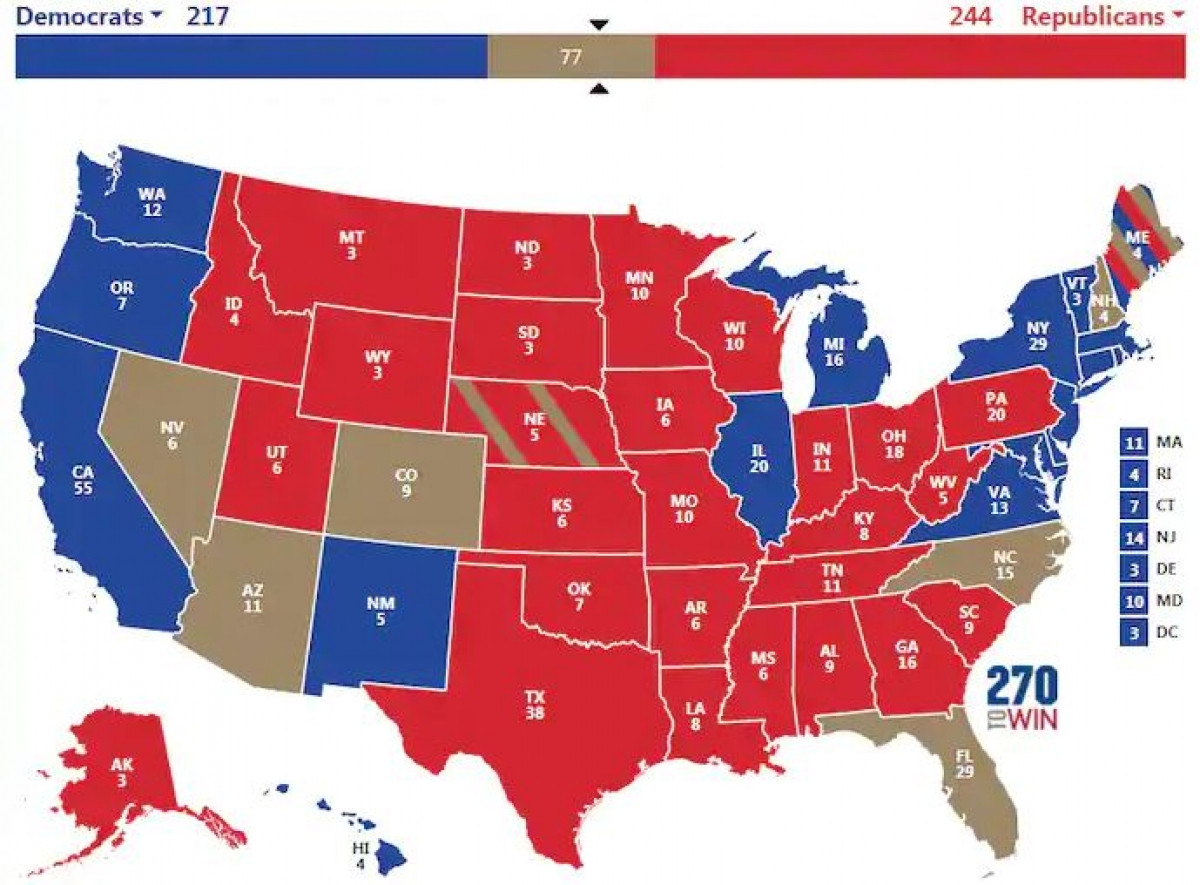 |
| Source: Washington Post |
From here, Mr. Trump could win by simply taking Florida, or Arizona and North Carolina.
If Trump were to win all three of these key states again, his path to victory would be much better than Biden’s. Even winning two of the three would significantly improve the president’s results. Although polling models and methods have changed to correct for the shortcomings of 2016, Trump’s chances of winning under this scenario cannot be underestimated and should not be ignored.
Last minute surprises
Obviously, the element of surprise cannot be ignored in these key states, as in the US presidential election. What if the national polls close with a shift of about 5 points between Mr. Biden and Mr. Trump? What if there really is a phenomenon of many voters supporting Mr. Trump but are reluctant to admit it in the polls? Or what if there is a significant shift in key states in the final days for some reason?
A fairly close race could lead to another Trump victory. Here’s a map of how the electoral college would look if the gap between the two candidates narrowed to about 5 points:
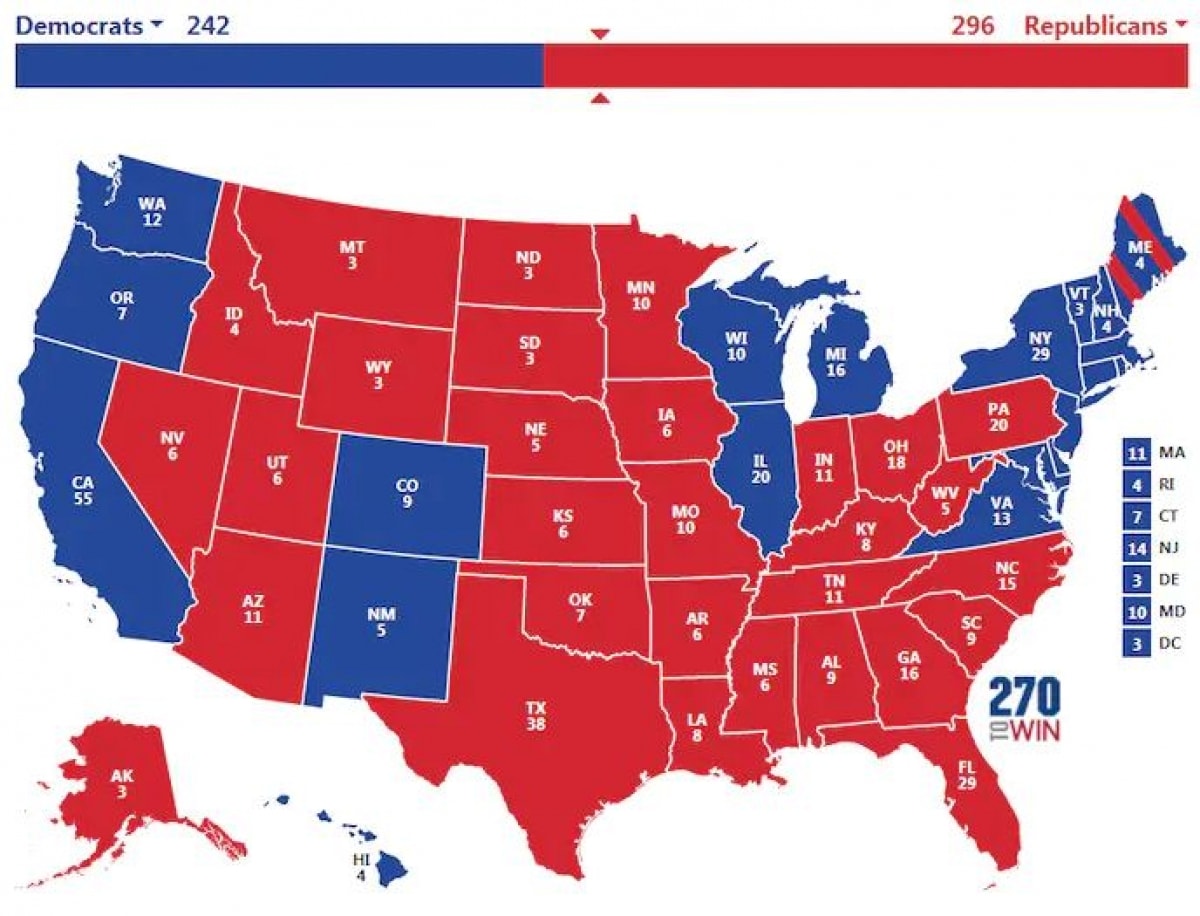 |
| Source: Washington Post |
The map above shows what the electoral college vote would look like if Biden and Trump were to shift from the current 12-point national lead in polls to 7 points. Even if the national shift were less than that, Trump would still have a good chance of winning.
In fact, if the gap between Mr. Biden and Mr. Trump narrowed to about 4 points even if Minnesota and Nevada were blue states, Mr. Trump would still win with the electoral vote ratio map between the two candidates as follows:
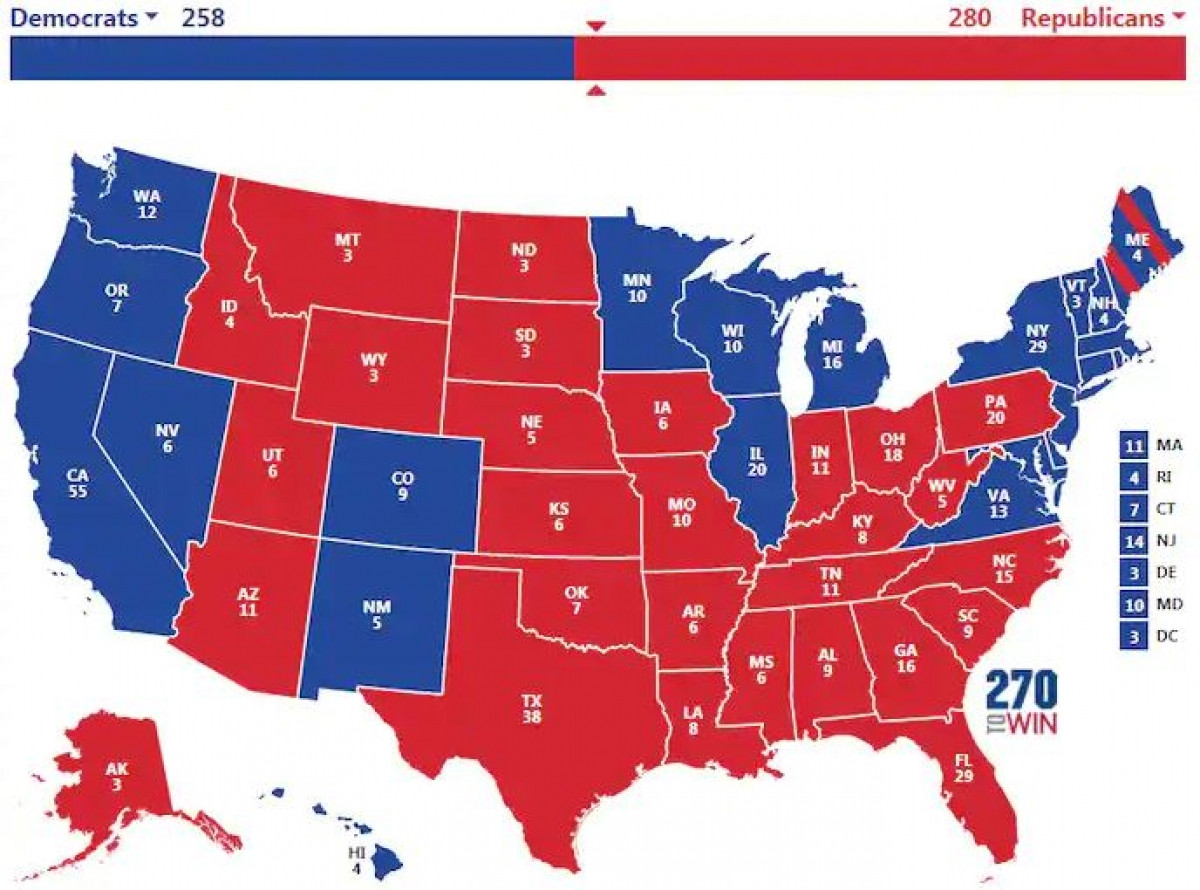 |
| Source: Washington Post |
Although according to surveys, Mr. Trump's path to victory seems more difficult than Mr. Biden's, the above scenarios show that anything can happen in this year's US presidential election./.

